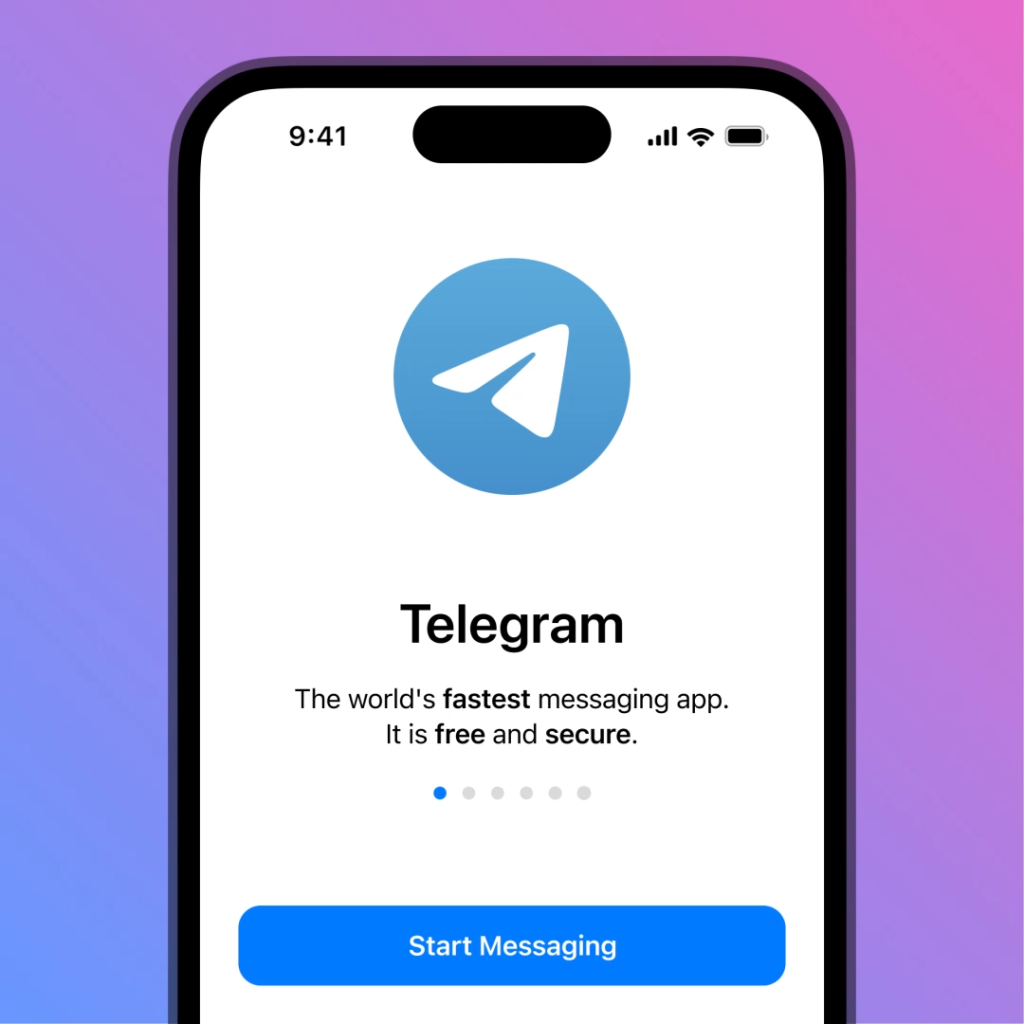
Yes, crypto can be stolen from Trust Wallet if private keys or recovery phrases are compromised through hacking or phishing.
Common Methods Hackers Use to Steal Crypto from Wallets
Cryptocurrency wallets, including Trust Wallet, are often targeted by hackers using various techniques. Understanding these common methods can help you better protect your assets.
Exploiting Weak Passwords
- Brute Force Attacks: Hackers use automated tools to guess weak or simple passwords. If your wallet password is not strong enough, it could be cracked through repeated attempts.
- Reusing Passwords: If you use the same password across multiple platforms, a breach on one site could compromise your wallet. Hackers often test stolen credentials across various services, including crypto wallets.
- Lack of Two-Factor Authentication (2FA): Without 2FA, your wallet is more vulnerable to password-based attacks. Hackers only need your password to gain access, making it easier for them to steal your funds.
Social Engineering Tactics
- Phishing Attacks: Hackers create fake websites, emails, or messages that mimic legitimate services to trick users into providing their private keys or login credentials. These scams often look highly convincing, making it easy for unsuspecting users to fall for them.
- Impersonation Scams: Hackers may impersonate customer support representatives or other trusted figures to gain access to your wallet. They may ask for private information or direct you to malicious sites.
- Fake Apps and Extensions: Malicious apps or browser extensions that mimic popular wallets can trick users into entering their credentials or private keys. Once entered, the information is sent directly to the hacker, allowing them to steal your crypto.

How Phishing Attacks Target Trust Wallet Users
Phishing attacks are a common threat in the cryptocurrency world, and Trust Wallet users are not immune. These attacks are designed to trick users into giving up sensitive information, such as private keys or wallet credentials, often resulting in the loss of funds.
Recognizing Phishing Emails
- Fake Email Addresses: Phishing emails often come from addresses that closely resemble legitimate ones but may include slight variations, such as misspellings or additional characters. Always double-check the sender’s email address before trusting the message.
- Urgent or Scare Tactics: These emails may claim that your account is at risk or that you need to act immediately to avoid losing your funds. This is a common tactic to pressure you into clicking a malicious link or providing personal information.
- Suspicious Links and Attachments: Phishing emails often contain links that direct you to fake websites or attachments that install malware on your device. Always hover over links to see the actual URL and avoid downloading attachments from unknown sources.
Avoiding Fake Websites and Apps
- Verify URLs Carefully: Hackers often create websites that look identical to Trust Wallet’s official site but have a slightly different URL. Always type the official website URL directly into your browser rather than clicking on links from emails or messages.
- Download Apps from Official Sources: Ensure you only download Trust Wallet from official app stores or the Trust Wallet website. Fake apps designed to mimic Trust Wallet can steal your credentials once you log in.
- Beware of Pop-Up Ads and Redirects: Be cautious of pop-up ads or redirects that claim to be from Trust Wallet. These are often used to lead you to phishing sites where your credentials can be stolen.
The Role of Private Keys and Why They Must Be Protected
Private keys are the backbone of cryptocurrency security. They serve as the digital keys that unlock your funds and allow you to make transactions. Understanding their importance and how to protect them is crucial for safeguarding your assets.
What Are Private Keys?
- Unique Cryptographic Codes: A private key is a unique cryptographic code that grants you access to your cryptocurrency. It’s a long string of alphanumeric characters, and only the holder of this key can authorize transactions from the corresponding wallet.
- Control Over Your Funds: Possession of the private key gives you full control over the associated funds. If someone else obtains your private key, they can transfer your crypto without your consent, effectively stealing your assets.
- No Recovery Options: Unlike traditional financial systems, there is no way to recover a lost or stolen private key. If you lose your private key, you lose access to your funds permanently, making its protection vital.
Best Practices for Securing Your Private Keys
- Store Offline (Cold Storage): Keep your private keys offline, away from internet-connected devices. Hardware wallets and paper wallets are excellent options for cold storage, reducing the risk of online hacking.
- Use Strong, Unique Passwords: If your private keys are stored digitally, ensure they are encrypted with a strong, unique password. Avoid using easily guessable passwords and never reuse passwords across different platforms.
- Backup Your Keys Securely: Create backups of your private keys and store them in multiple secure locations, such as a safe or a bank deposit box. Avoid keeping backups in easily accessible places, like your computer or phone.
- Beware of Phishing Scams: Never share your private keys or mnemonic phrases with anyone, and be cautious of phishing attempts that try to trick you into revealing this information.
- Enable Two-Factor Authentication (2FA): While 2FA doesn’t directly protect your private keys, it adds an extra layer of security to your wallet, making it harder for hackers to gain access.

Steps to Take If Your Trust Wallet Is Compromised
If you suspect that your Trust Wallet has been compromised, swift action is essential to minimize potential losses. Acting quickly can help protect your remaining funds and increase the chances of recovering stolen assets.
Immediate Actions to Protect Your Funds
- Transfer Remaining Funds to a Safe Wallet: As soon as you notice any suspicious activity, transfer any remaining funds to a new, secure wallet. Ensure that this new wallet is set up with strong security measures, including a unique password and offline storage for private keys.
- Disconnect from DApps and Revoke Permissions: If you’ve connected your Trust Wallet to decentralized applications (DApps), immediately disconnect and revoke any permissions. This can prevent further unauthorized transactions.
- Change All Related Passwords: If your wallet is compromised, it’s possible that other accounts linked to your cryptocurrency activities, such as email or exchange accounts, are also at risk. Change all associated passwords immediately and enable two-factor authentication (2FA) wherever possible.
- Check for Malware on Your Device: Scan your device for malware or any suspicious software that could have compromised your wallet. Remove any detected threats to prevent further breaches.
Contacting Support and Authorities
- Reach Out to Trust Wallet Support: While Trust Wallet is a non-custodial wallet and doesn’t have access to your funds, contacting their support team can still be helpful. They may provide guidance on securing your wallet or offer advice on further steps to take.
- Report the Incident to Authorities: Depending on the severity of the breach and the value of the stolen assets, consider reporting the theft to local authorities or cybercrime units. In some cases, law enforcement agencies may be able to assist with investigations.
- Notify Crypto Exchanges: If your Trust Wallet was linked to any cryptocurrency exchanges, notify them of the breach. They may be able to freeze accounts or flag suspicious activity to prevent further losses.
- Monitor for Future Threats: After taking the necessary steps, continue to monitor your accounts and devices for any signs of ongoing threats. Stay vigilant and consider enhancing your security practices to prevent future breaches.

Best Practices for Keeping Your Trust Wallet Safe
Maintaining the security of your Trust Wallet is essential to protect your cryptocurrency assets. Following best practices can significantly reduce the risk of your wallet being compromised.
Using Two-Factor Authentication
- Add an Extra Layer of Security: While Trust Wallet itself may not natively support two-factor authentication (2FA), you can enable 2FA on linked accounts, such as email or exchanges, to add an additional security layer. This makes it more difficult for hackers to gain access, even if they obtain your password.
- Use Authenticator Apps: Instead of relying on SMS-based 2FA, which can be vulnerable to SIM-swapping attacks, opt for authenticator apps like Google Authenticator or Authy. These generate time-based codes that are more secure than SMS.
- Avoid Reusing Passwords: Always use unique and complex passwords for your Trust Wallet and any related accounts. This practice, combined with 2FA, significantly enhances your wallet’s security.
Regularly Updating Your Wallet Software
- Stay Protected with the Latest Security Patches: Regular updates to your Trust Wallet ensure that any vulnerabilities discovered in the software are patched. This minimizes the risk of exploits that hackers might use to compromise your wallet.
- Enable Automatic Updates: If possible, enable automatic updates on your device to ensure that you’re always running the latest version of Trust Wallet. This helps you stay protected without needing to manually check for updates.
- Be Cautious of Fake Updates: Only update your wallet through official sources, such as the app store or Trust Wallet’s official website. Beware of phishing attempts or fake prompts that direct you to download malicious updates.

How to Recover Stolen Crypto from Trust Wallet (Is It Possible?)
Recovering stolen cryptocurrency from Trust Wallet can be challenging due to the decentralized nature of blockchain technology. However, understanding your options and taking preventive measures can help minimize losses and protect your assets in the future.
Evaluating Recovery Options
- Transaction Tracking: While you cannot reverse blockchain transactions, you can track the movement of your stolen funds using blockchain explorers. By monitoring the address that received your stolen crypto, you may identify exchanges or platforms where the funds are eventually moved. This information can be shared with authorities or the exchange’s support team.
- Contacting Exchanges: If your stolen crypto is sent to a known exchange, contact the exchange immediately with details of the transaction. Some exchanges may freeze the funds or assist in tracing the stolen assets, although recovery is not guaranteed.
- Law Enforcement Involvement: Report the theft to local law enforcement or cybercrime units. While they may not always be able to recover the stolen funds, having an official report can help in certain cases, especially if the hacker is apprehended.
- Consider Professional Help: There are some blockchain analytics firms that specialize in tracking and recovering stolen cryptocurrency. While these services can be expensive and success isn’t guaranteed, they may be worth exploring if the stolen amount is significant.
Preventing Future Losses
- Strengthen Security Practices: After a theft, it’s vital to reassess your security practices. Use strong, unique passwords, enable two-factor authentication (2FA), and consider using hardware wallets for added security.
- Educate Yourself on Scams: Stay informed about common phishing tactics and scams in the cryptocurrency space. Knowing what to look out for can help you avoid future attacks.
- Regular Backups and Safe Storage: Ensure that your recovery phrases and private keys are backed up and stored securely. Consider using cold storage for large amounts of crypto that you don’t need immediate access to.
- Limit Exposure: Avoid connecting your wallet to unnecessary decentralized applications (DApps) or services that may introduce security vulnerabilities. Only use trusted platforms and services.
